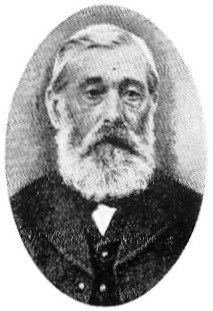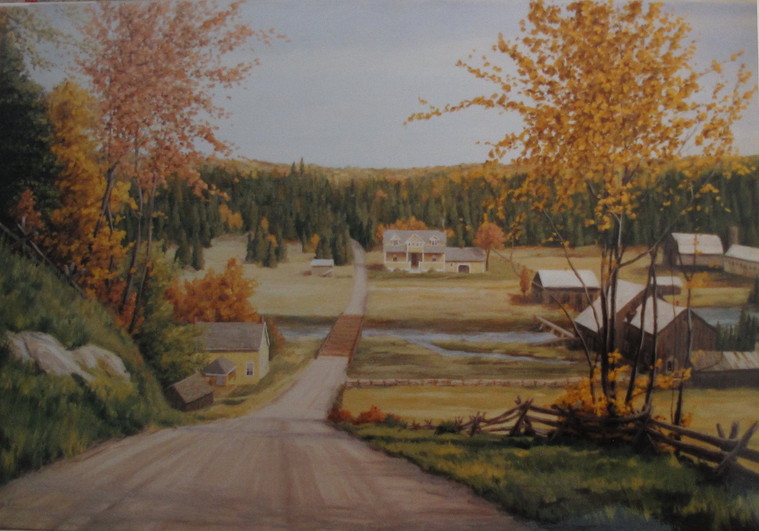This is a series dedicated to our love of history and the wonderful hobby of geocaching; once we saw that other cachers were enjoying our history-oriented caches, this series was the logical next step! Each cache in this series will tell you about a piece of Lanark Highlands history, including stories of the people and events which shaped this region. Once you have read about the history of the location, you will be able to feel the past around you as you explore the site and search for the cache itself.
The caches range in difficulty and terrain, but they should all be quick finds. They are all in quite rural/treed locations where GPS accuracy is often questionable, but none are difficult hides and we have provided helpful hints it you need them. They are all traditional caches, except where ideal locations are inappropriate for a cache, in which case simple redirects are used. For each cache page, though we have written the story, much of the information and many of the photos are courtesy of the Lanark and District Museum; please do not reproduce the story or photos without consent from the author (Matt Stafford) or the Museum. We hope you have fun learning something new and interesting about each location you visit in the Lanark Highlands; happy caching!
Herron's Mills
Herron's Mills, having now almost entirely disappeared save for a couple original buildings, was once one of the more flourishing industrial centers of this area. Though some remnants of the former village can still be found, almost all traces of this once bustling location have been lost to time.
The history of Herron's Mills begins with the arrival of this region's first settlers, a group known as the Lanark Society Settlers, who arrived from Scotland in 1821 aboard the ship 'David of London.' Having braved the long trip across the Atlantic, these pioneers faced further difficulty as they made their way by boat, cart, and foot to New Lanark. Of particular importance for the future of Herron's Mills was the arrival, among these settlers, of the family of James Gillies, including his then ten year old son John. This boy would grow up to become the enterprising man who would build Herron's Mills (originally called Gillies' Mills).
 As soon as John was old enough to own his own land, he chose a lot along the Clyde River, land on which this cache is hidden today. By 1840, John owned the surrounding 300 acres and had erected a sawmill along the river. This mill operated a single 90 pound saw which he is said to have purchased in Brockville and carried on his back as he walked the distance (some 55 miles) back to his mill. He dammed the river to power his saw and began cutting in 1842.
As soon as John was old enough to own his own land, he chose a lot along the Clyde River, land on which this cache is hidden today. By 1840, John owned the surrounding 300 acres and had erected a sawmill along the river. This mill operated a single 90 pound saw which he is said to have purchased in Brockville and carried on his back as he walked the distance (some 55 miles) back to his mill. He dammed the river to power his saw and began cutting in 1842.
As business grew, John developed the site further to include a grist mill and an oatmeal mill on one side of the river, and a carding mill for processing sheep's wool on the other. Around this time he also constructed his family's large home which stands today.
Herron's Mills continued to grow (and got its current name) when Gillies sold his operation to move to a larger mill in Carleton Place in 1864. The site was purchased by two brothers, James and John Herron, who established a company at the mill and continued to grow the site which eventually included a bake-house, barns, stables, a tannery, a post office, many homes, and a school for the children of Herron's Mills and the nearby village of Clydesville.
The village was tied to the success of the lumber mill, which at its peak produced some 8000 board feet of lumber daily. However, by 1951, having passed through many generations of the Herron family, the mill was no longer in use. The lumber industry in the area had slowed and the families that it had drawn to Herron's Mills had left.
From the cache's location today one can see the remains of a number of collapsed buildings, as well as the broken down remains of the dam and the bridge which crossed the river leading to the Gillies' home. The home, the only building remaining in its entirety, continues to watch over the shores of the Clyde that once bustled with the industry developed by the house's owner, but which have now been reclaimed by nature.

Check out the other caches in this series!